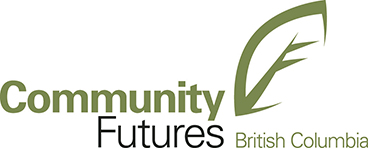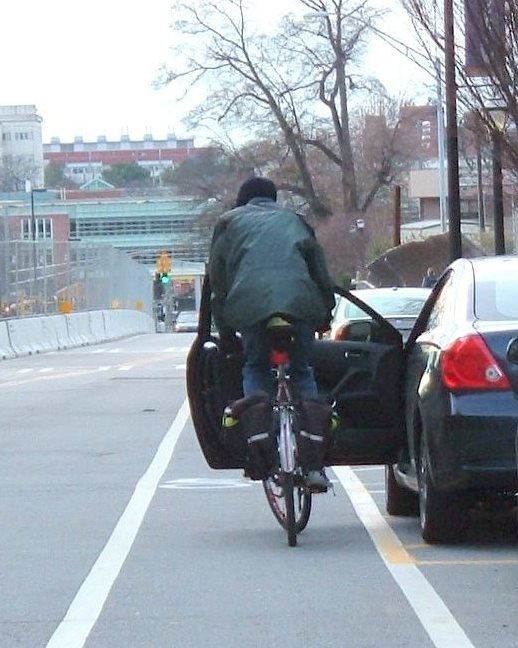Victoria- La Nina returns to BC this winter. Expected impacts include more snow in the southern interior and more rain in the Lower Mainland and Vancouver Island. All the more reason for drivers to be prepared and drive to conditions.
La Nina returns to BC this winter. Expected impacts include more snow in the southern interior and more rain in the Lower Mainland and Vancouver Island.
— BC Transportation (@TranBC) October 16, 2020
All the more reason for drivers to be prepared and drive to conditions.
Learn more: https://t.co/BNC12GtkkG#ShiftIntoWinter pic.twitter.com/i9YSJ95gcW
The ENSO cycle and La Nina, what does it mean?The El Niño-Southern Oscillation(ENSO) is a climatologica lpattern in the tropical Pacific that shifts irregularly between warmer(El Niño) and colder(La Niña) temperatures every two to seven years.
These changes disrupt the large-scale air movements in the tropics,triggering seasonal changes to weather patterns worldwide, including British Columbia.
For the 2020 to 2021 winter season we’re expecting to see a La Niña temperature cycle this year, an estimated 75%chance according to the Climate Prediction Center.
With a La Niña expected, the Pacific Jet Stream and storm trackwill be biased farther north than usual, placing itself around southern BC near the US border. This doesn’t necessarily mean the storm track won’t still fluctuate north and south at times through the season but on average that’s where it will be focused. The Polar Jet Stream will be focused farther north over the Rockies over Yukon and BC.








